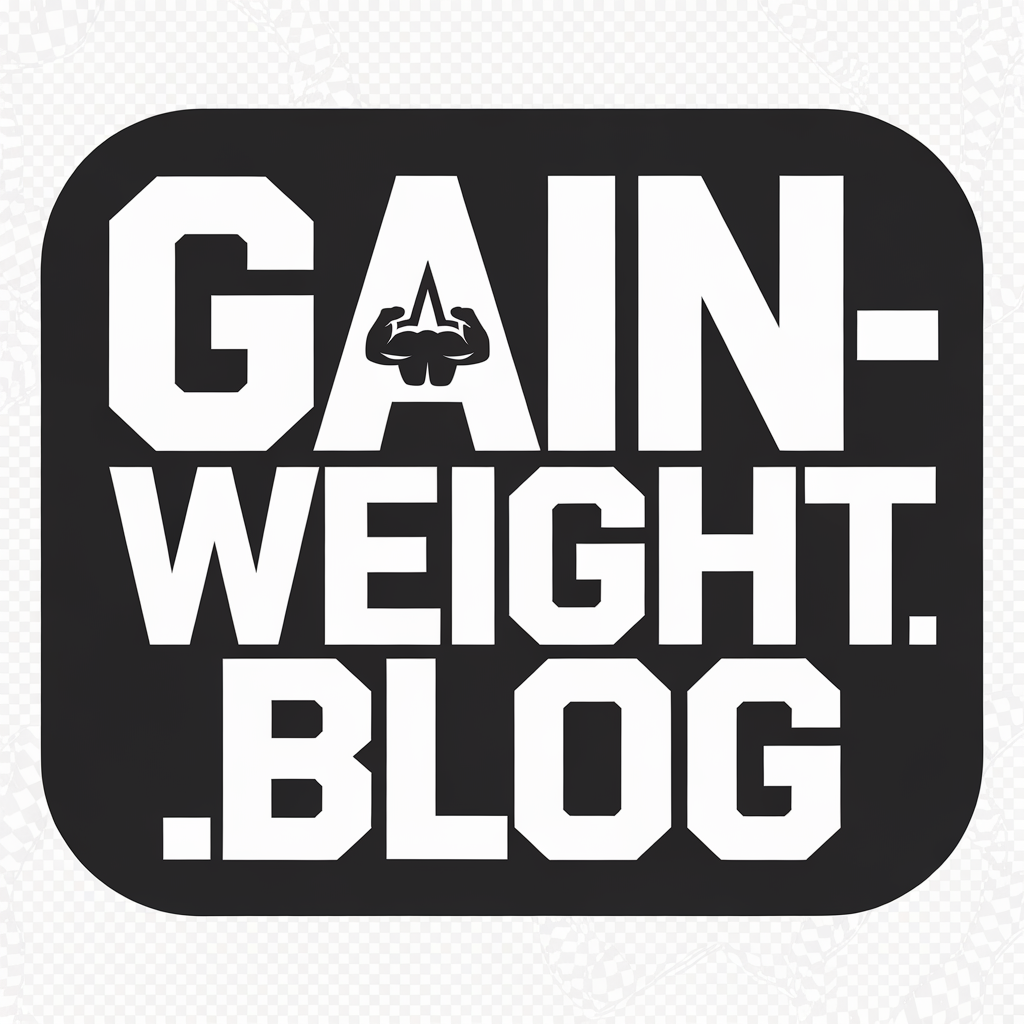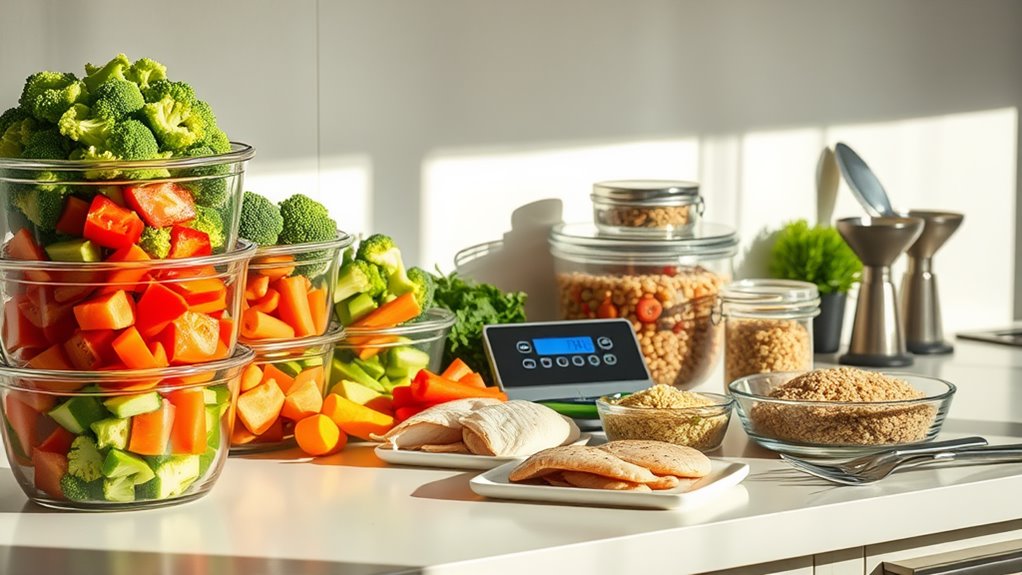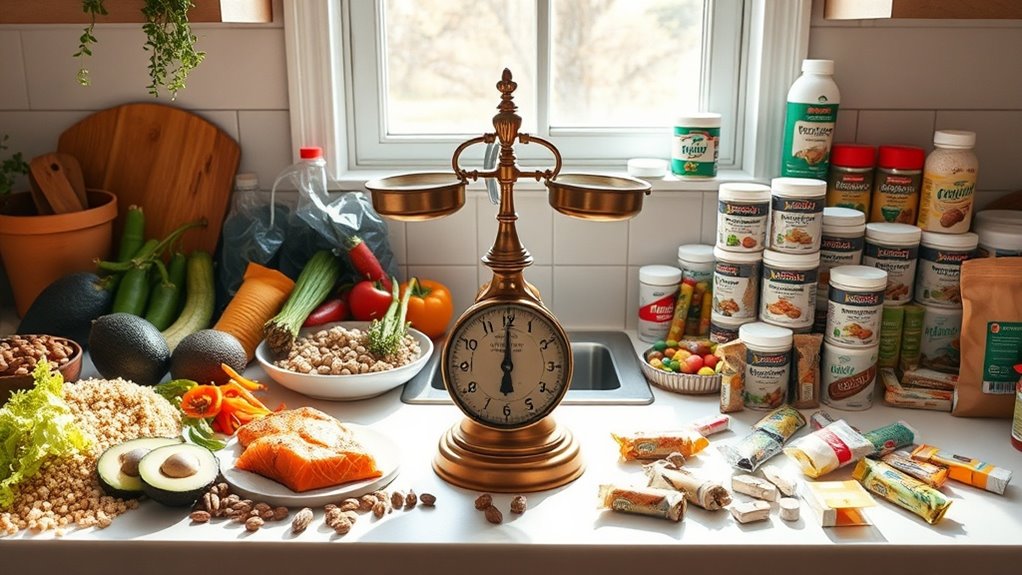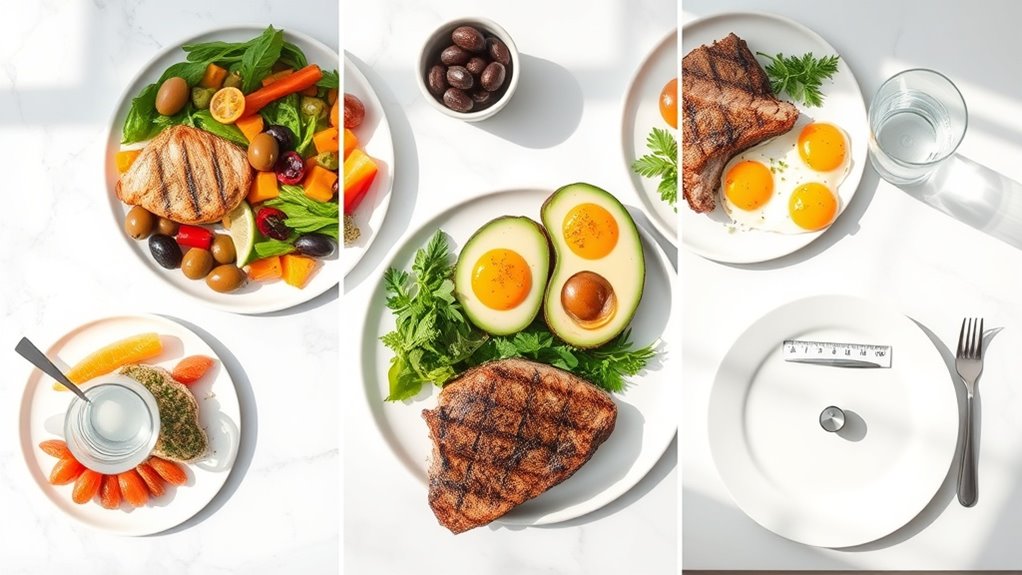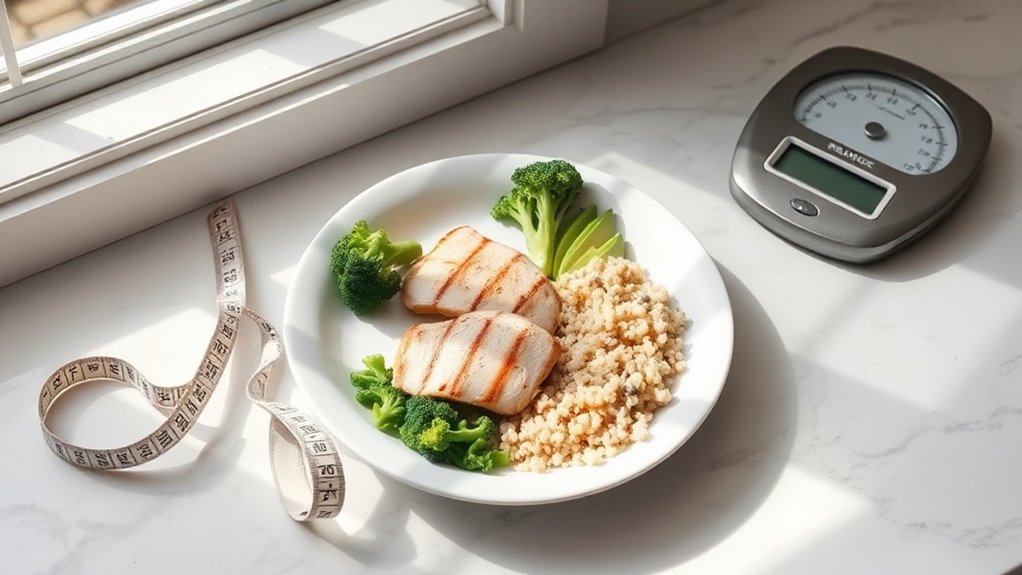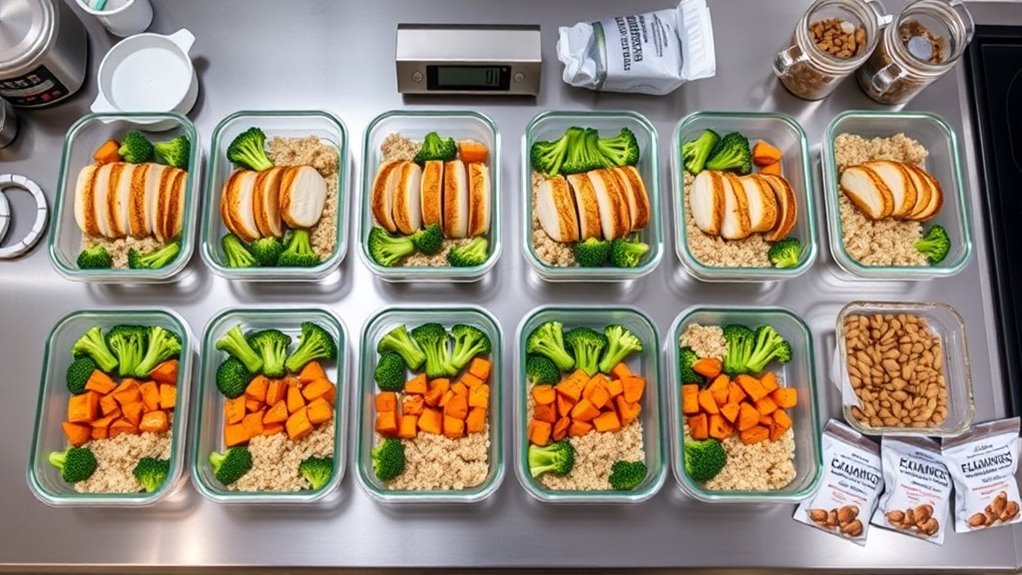Meal Prep Like a Pro- Save Time and Melt Fat
Imagine your kitchen transformed into a hub of efficiency, with vibrant veggies and lean proteins lined up for the week. You’ll save time and melt fat by prepping balanced meals that stabilize blood sugar and curb cravings. Discover how simple tools and plans can make this your key to lasting results.
Key Takeaways
- Bulk prepare meals weekly to save time and reduce daily cooking efforts.
- Control portions with pre-measured containers to maintain a calorie deficit for fat loss.
- Incorporate lean proteins and veggies to boost metabolism and enhance satiety.
- Use a kitchen scale for precise ingredient weighing, ensuring accurate calorie tracking.
- Schedule prep sessions around your routine for consistency and long-term adherence.
Benefits of Meal Prepping for Fat Loss
Meal prepping boosts your fat loss efforts by helping you control portions and calories right from the start.
When you embrace meal prep for weight loss, you’re reducing impulsive choices that derail progress, as studies show it promotes adherence to calorie deficits.
You’ll notice faster results because consistent, nutrient-dense meals stabilize blood sugar and curb cravings.
Actively planning ahead means you’re eating whole foods that support metabolism, like lean proteins and veggies, without the stress of daily decisions.
This strategy empowers you to sustain fat loss long-term, backed by evidence of improved dietary compliance.
Additionally, utilizing bulk cooking on a designated day enhances efficiency and ensures you have nutritious meals prepared in advance.
Essential Tools and Ingredients to Get Started
To kick off your meal prep journey, you’ll need a handful of essential tools and ingredients that streamline the process and support your fat loss goals.
These choices, backed by nutrition research, promote portion control and nutrient-dense eating for effective weight management.
- Meal prep containers: Use airtight, portioned containers to store meals fresh, reducing waste and controlling servings for calorie tracking.
- Kitchen scale: Weigh ingredients precisely to maintain a calorie deficit, as studies show accurate measurements enhance fat loss outcomes.
- Lean proteins: Stock chicken or fish for high-protein, low-calorie options that boost metabolism and preserve muscle, per dietary guidelines.
- Non-starchy veggies: Include broccoli and spinach for fiber-rich, low-energy-density foods that increase satiety without adding excess calories.
Additionally, incorporating whole grains like quinoa or oats can provide complex carbohydrates that enhance meal planning and support fat loss efforts.
Creating an Effective Weekly Meal Plan
With your essential tools and ingredients prepared, crafting a weekly meal plan helps you sustain fat loss by structuring balanced, calorie-controlled meals.
Start by calculating your daily calorie needs using evidence-based formulas like the Harris-Benedict equation, then allocate macros—aim for 40-50% carbs, 25-30% protein, and 20-30% fats from whole foods.
Incorporate variety to meet nutrient goals, scheduling meals around your routine for consistency.
Make it flexible; review and adjust weekly based on hunger and energy levels, ensuring long-term adherence and progress tracking to optimize results.
To enhance your plan’s effectiveness, consider incorporating intermittent fasting for better alignment with your eating schedule.
Quick and Nutritious Recipes for Weight Loss
How can you quickly prepare meals that support weight loss without skimping on nutrition? Opt for recipes rich in lean proteins, fiber, and veggies, as research shows they enhance satiety and metabolism. Keep portions controlled and ingredients fresh for optimal results. Additionally, incorporating protein-packed breakfasts like oatmeal or eggs can promote fullness and aid in melting away belly fat throughout the day.
- Breakfast boost: Blend a green smoothie with spinach, banana, Greek yogurt, and a scoop of protein powder for a 5-minute, nutrient-dense start.
- Lunch leap: Grill chicken with quinoa and broccoli; this 15-minute meal delivers balanced macros to curb cravings.
- Dinner dash: Sauté shrimp with zucchini and cherry tomatoes for a low-cal, omega-3-packed dish ready in under 10 minutes.
- Snack smart: Prepare apple slices with almond butter; it’s a quick, evidence-based choice for sustained energy and blood sugar control.
Smart Storage and Reheating Methods
To keep your meal prep effective, you must choose containers that seal tightly and are microwave-safe for optimal food preservation.
You’ll organize your fridge by grouping items by type and date to minimize waste and maintain freshness.
Mastering reheating techniques, like using low heat in the microwave or oven, helps retain nutrients and prevents overcooking.
Incorporating batch cooking into your routine can help save time and ensure you have healthy meals ready.
Container Selection
Choosing the right containers for meal prep can make or break your storage and reheating efforts. You’ll extend food freshness and ensure safe, even heating by picking durable, high-quality options that suit your routine.
-
Choose BPA-free glass containers: They’re microwave- and dishwasher-safe, reducing chemical risks and lasting longer, as studies show glass minimizes contamination.
-
Opt for airtight silicone lids: These seal tightly, preserving nutrients and preventing leaks, backed by food safety research for better meal integrity.
-
Select portion-sized compartments: This helps control servings, promoting weight management by aligning with dietary guidelines for calorie control.
-
Prioritize stackable designs: They maximize space efficiency, making storage practical and organization easier without cluttering your area.
Fridge Organization
Efficient fridge organization keeps your meals fresh longer and reheats them safely, drawing on food safety guidelines that emphasize temperature control and accessibility.
You’ll maximize fridge space by designating zones: store proteins on lower shelves for cooler temps, veggies in crisper drawers to maintain humidity, and ready-to-eat items on top for quick grabs.
Use clear, airtight containers to prevent cross-contamination and spoilage, always labeling with dates per FDA recommendations.
This approach reduces waste, ensures even cooling, and promotes safe handling, making your meal prep sustainable and effective.
Reheating Techniques
Mastering reheating techniques keeps your prepped meals safe, flavorful, and nutrient-rich.
You’ll preserve essential nutrients and avoid bacterial growth by combining smart storage with effective methods, ensuring meals stay fresh longer.
-
Store meals in airtight containers to limit oxidation and maintain texture, extending fridge life up to four days.
-
Microwave in short intervals, stirring midway, to heat evenly and retain moisture without nutrient degradation.
-
Use the oven at 350°F for proteins, promoting even cooking and crispiness while minimizing vitamin loss.
-
Reheat on the stovetop with a bit of water for veggies, reviving flavors and ensuring internal temperatures reach 165°F for safety.
Tips for Staying Consistent With Your Routine
Staying consistent with your meal prep routine requires simple, proven strategies that fit into your daily life.
Start by scheduling prep on the same day weekly; research on habit formation shows this builds adherence.
Prepare your kitchen in advance, stocking essentials to minimize barriers and save time.
Use apps for reminders and tracking, providing data-driven insights into your progress.
Involve a friend for accountability, as studies indicate social support boosts motivation.
Regularly review and tweak your plan, celebrating small wins to sustain energy and effectively melt fat through consistent effort.
Combine meal prep with mindful eating to better recognize hunger cues and promote healthier choices.
